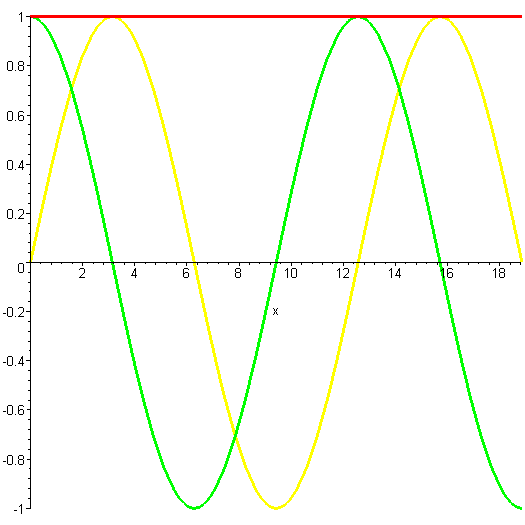
To distinguish it from classical, point-like particles, such an object is called a quantum mechanical particle. More exciting is the case, when the particle behaves like a wave. Particle-like behaviour can be described by classical mechanics. This wave function represents a probability of measuringthe particle at a position x at a time t. Imagine we are following the motion of a single particle in onedimension.

The de-Broglie wavelength 2 is also a measure of whether the object behaves more like a particle or a wave. The wave functionpsi is a function of both position x and time t,and is the fundamental description of the realm of the very small. This is how the time-independent Schrödinger equation looks like:
SCHRODINGER WAVE FUNCTION HOW TO

This third condition follows from Born’s interpretation of quantum mechanics. The third condition requires the wave function be normalizable. (In a more advanced course on quantum mechanics, for example, potential spikes of infinite depth and height are used to model solids). The second condition requires the wave function to be smooth at all points, except in special cases. The first condition avoids sudden jumps or gaps in the wave function. The first derivative of with respect to space,, must be continuous, unless.The time-independent wave function solutions must satisfy three conditions: These cases provide important lessons that can be used to solve more complicated systems. In the next sections, we solve Schrӧdinger’s time-independent equation for three cases: a quantum particle in a box, a simple harmonic oscillator, and a quantum barrier. The wave-function solution to this equation must be multiplied by the time-modulation factor to obtain the time-dependent wave function.

Notice that we use “big psi” for the time-dependent wave function and “little psi” for the time-independent wave function. This equation is called Schrӧdinger’s time-independent equation. Where E is the total energy of the particle (a real number).


 0 kommentar(er)
0 kommentar(er)
